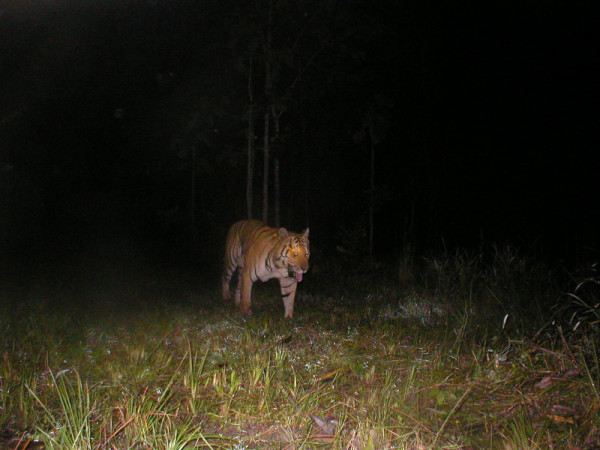China is a country which has done very poorly when it comes to the tiger. Having a great deal of respect for the tiger – with it woven throughout its early stories, and having played host to 4 of the tiger subspecies ( South china tiger, Amur tiger, indochinese tiger and the bengal tiger). Of these the south china tiger is almost certainly extinct having not been seen for decades, the Indochinese tiger is also extinct, the Bengal tiger has been confirmed in a part of Tibet – though numbers are unknown) and the amur tiger which live along the border between russia and china – perhaps 20 live in china.
As such it seems far to big a stretch to suggest that China has succeeded in doubling the wild tiger population.















